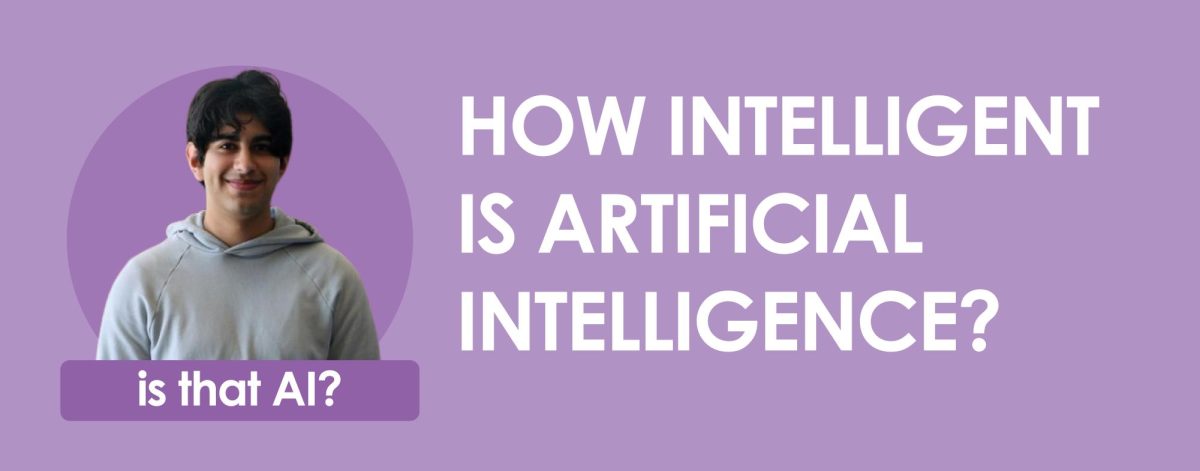Artificial Intelligence (AI) is everywhere, from ChatGPT to Grok. It can do almost anything from writing an English paper about Shakespeare to finding creative ways for solving calculus and algebra problems. As AI has continued to evolve and grow, it will only continue to become a larger and more controversial part of daily life.
AI—specifically, Generative Pretrained Transformers (GPT)—are trained to mimic the styles and ways that humans write, providing essays or text that Artificial Intelligence was never able to create in the past, creating new unique ways of submitting assignments. GPTZero and a million other AI checkers came to combat the growing fears of AI plagiarism, looking at sentence structure, word choice, and how the ways artificial intelligence writes are different from authentic humans. It’s continuing to be a growing problem as more and more TikToks or tweets go viral claiming that their professors accused them of plagiarizing from AI, giving those students failing grades and zero opportunities to dispute those claims, because it is near impossible to do so.
AI detectors are not fool-proof and depending on the style of writing you choose, can easily impact the likelihood of being accused of AI plagiarism. In fact, I’m entirely sure that at least one AI detector will claim this column was made with AI. That’s why there should be transparent and specific guidelines the professors, teachers or anyone in general should follow before accusing someone of AI plagiarism.
Just like English teachers don’t flag essays until they show over 20% to 30% plagiarism of published human materials, they should do the same for AI to a greater extent—perhaps around 40% to 50% and then take action. In addition, students should be given the benefit of the doubt, as there is no substantiated evidence that a student used AI except for if the professor or teacher saw them using it with their own eyes. If accused, a student should have the right to handwrite a new assignment with a new topic as a fair and effective way to prove they did not cheat. Lastly, teachers and professors should consider making assignments handwritten, proctored or timed to reduce the likelihood of AI plagiarism.
As the world continues to grow and evolve, our methods for adapting to these changes should as well. Without proper AI guidelines, being falsely accused of AI plagiarism will only continue to grow and become an even more controversial and prevalent issue.
The views in this column do not necessarily reflect the views of the HiLite staff. Reach Safin Khatri at [email protected].






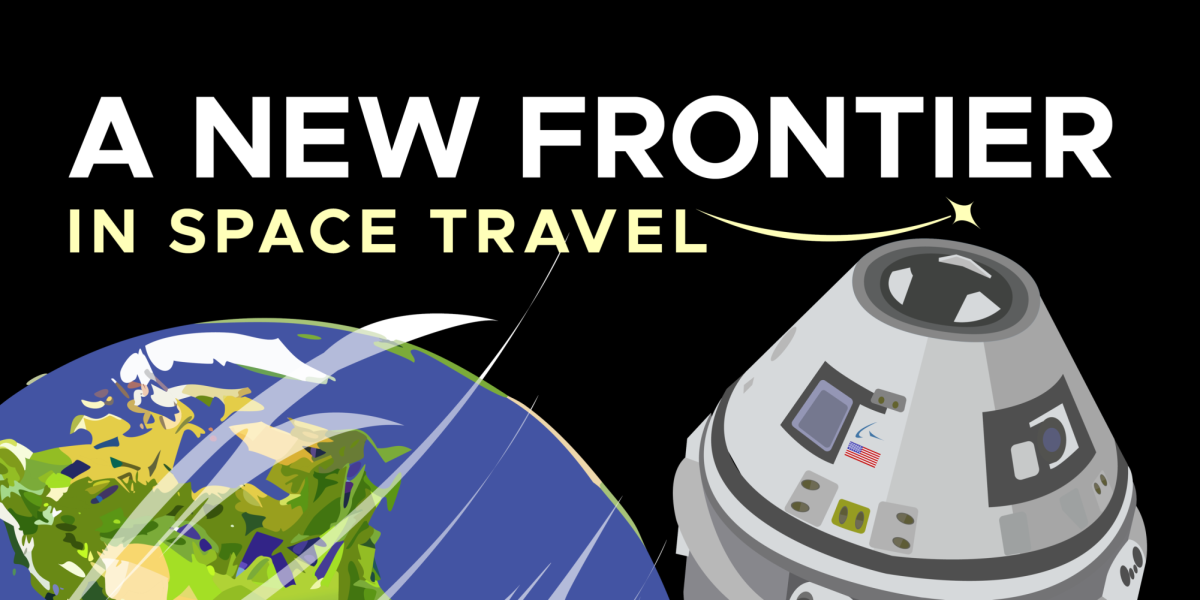



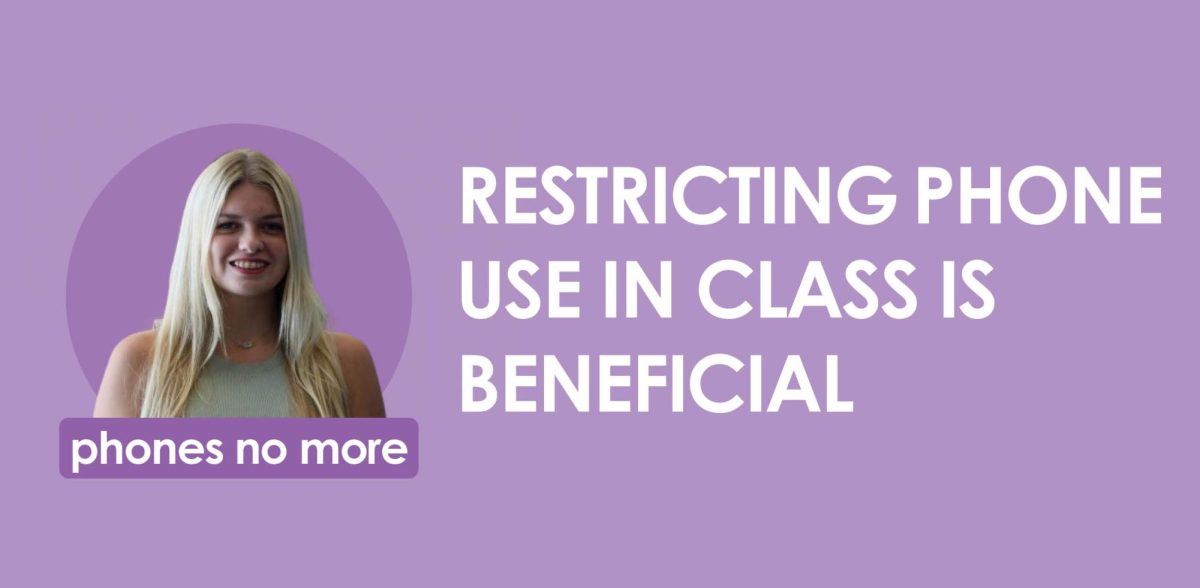
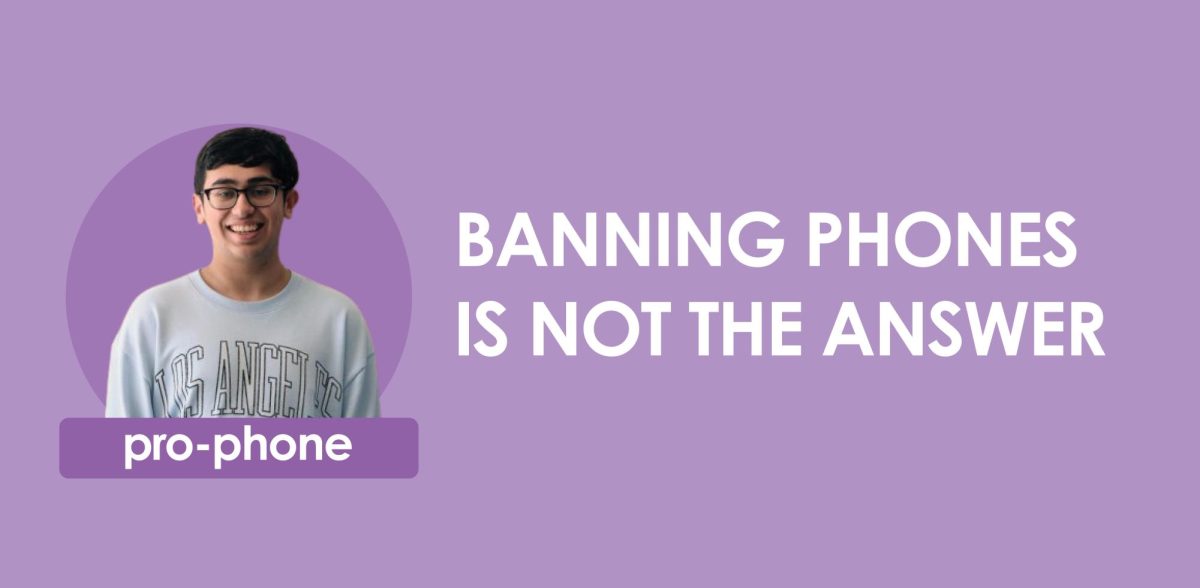
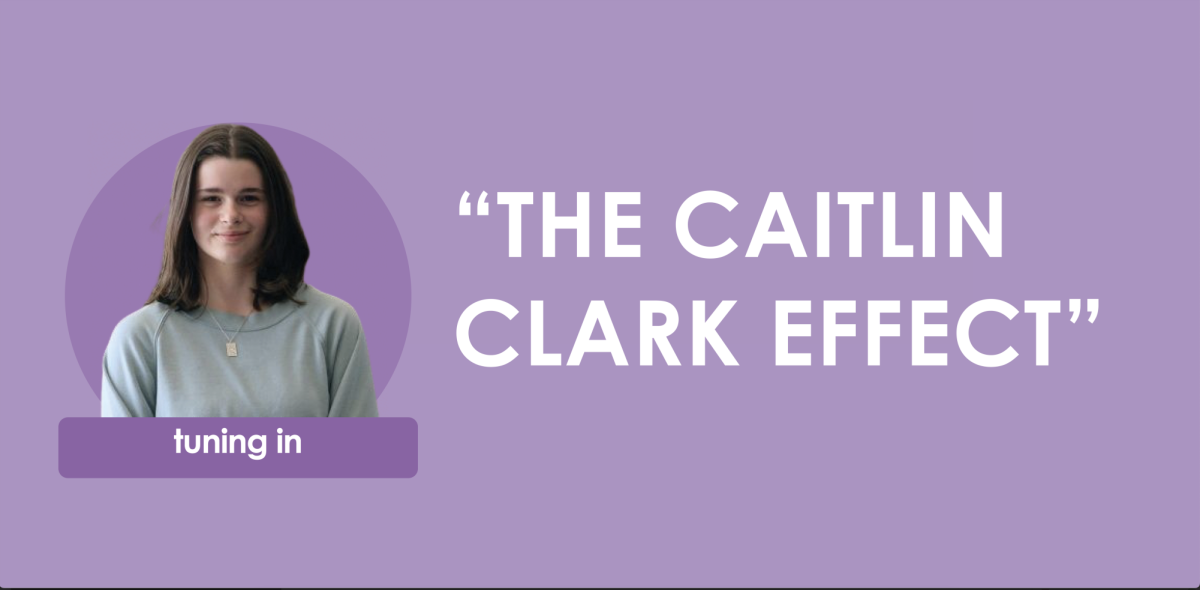
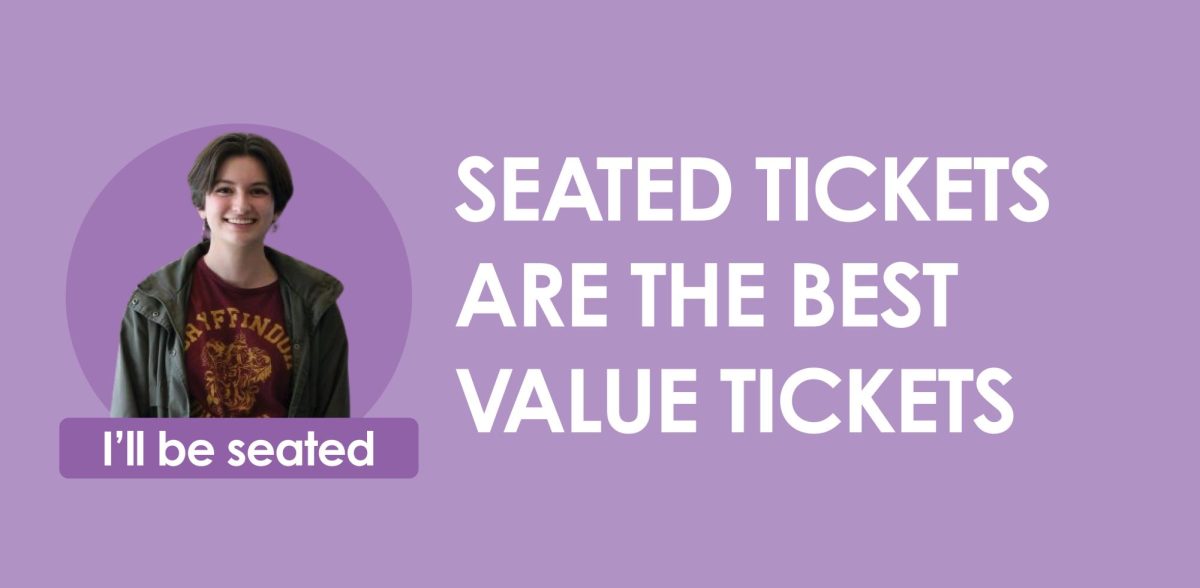
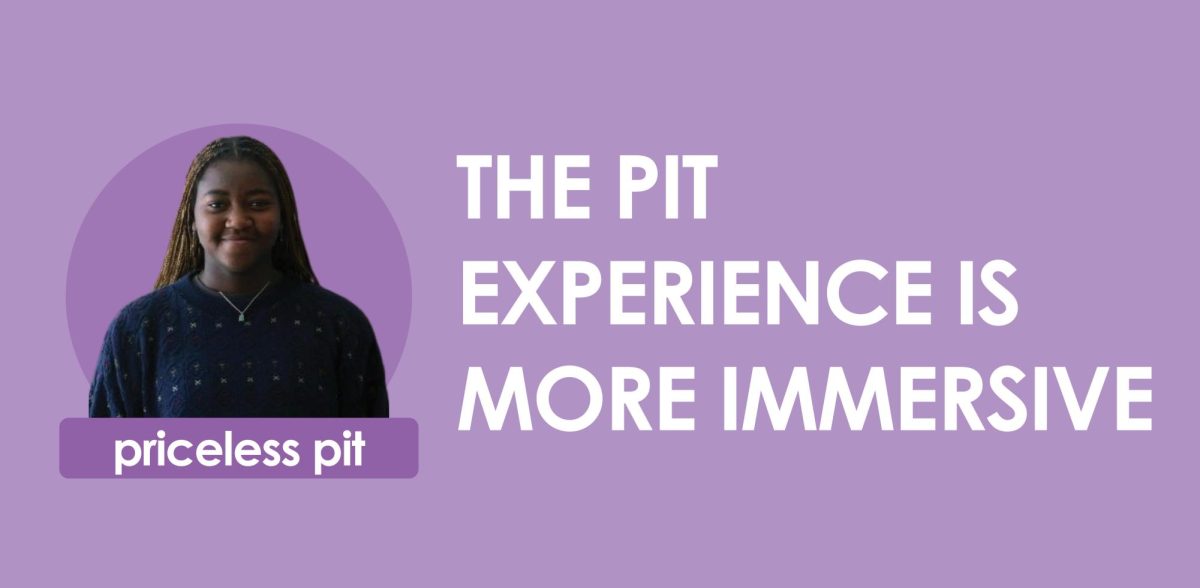
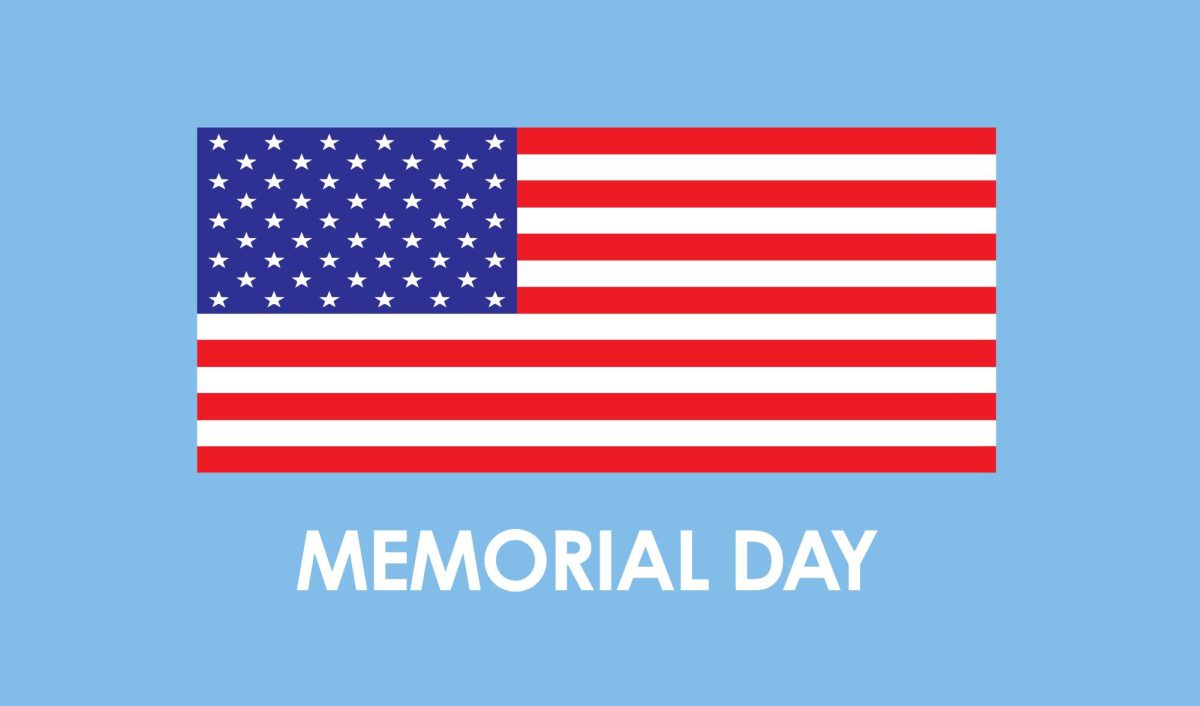

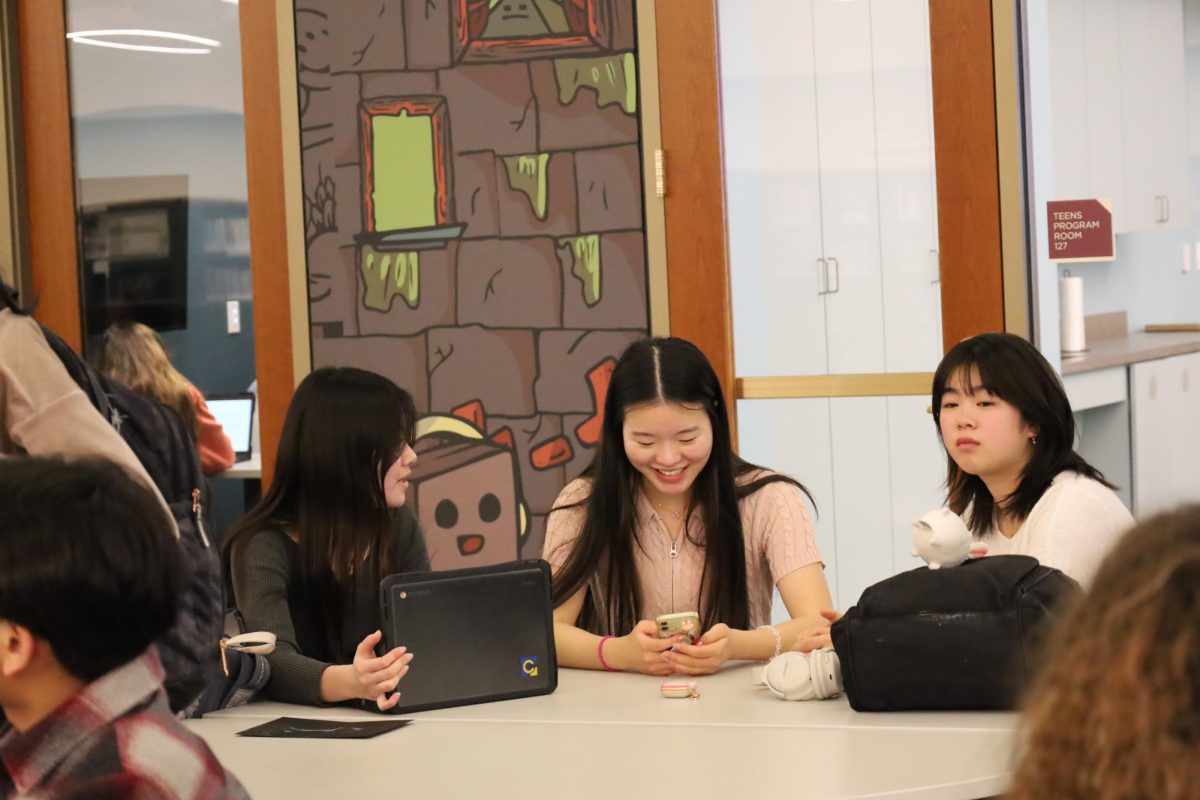
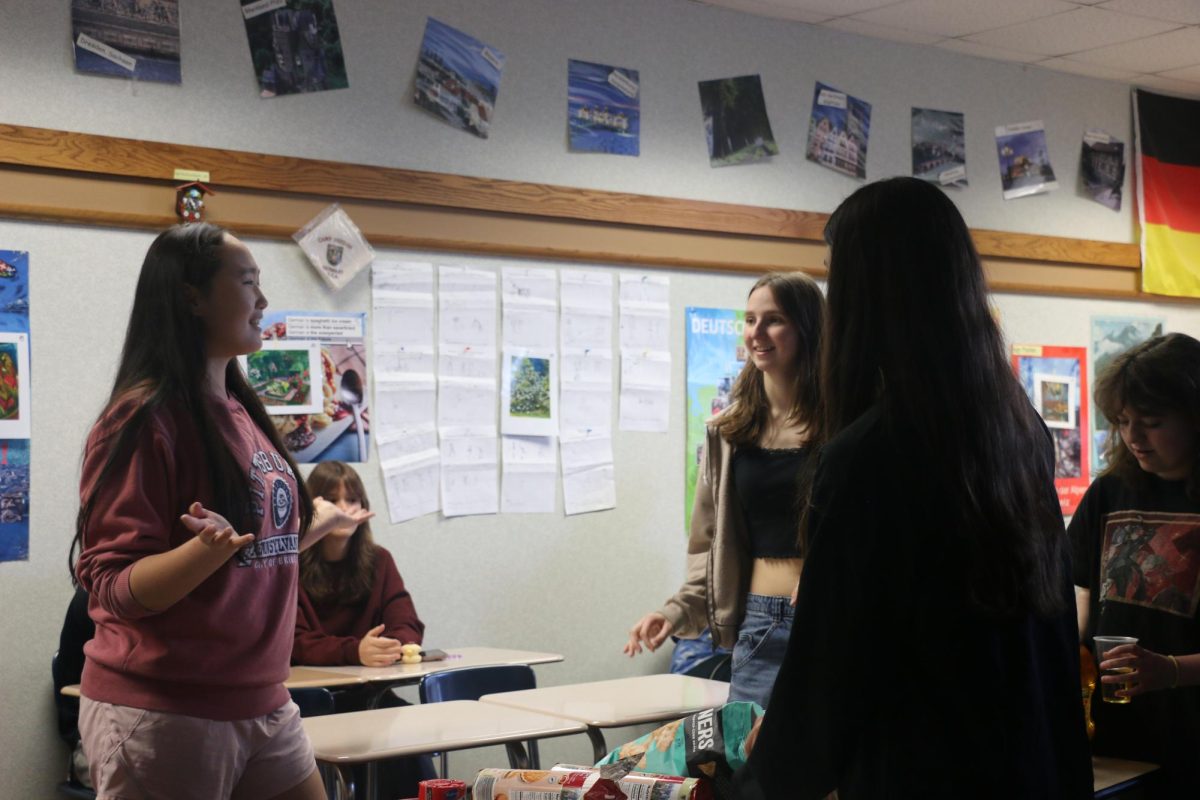

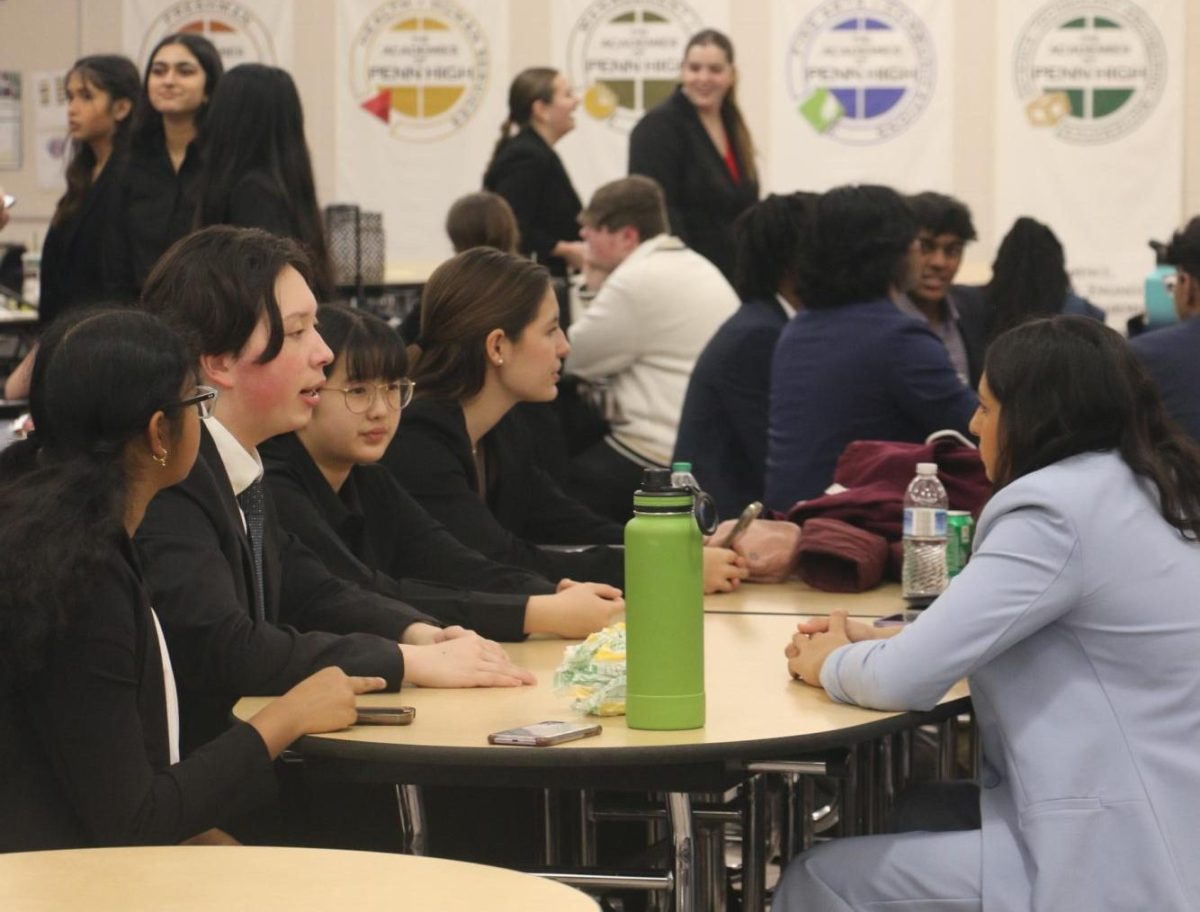
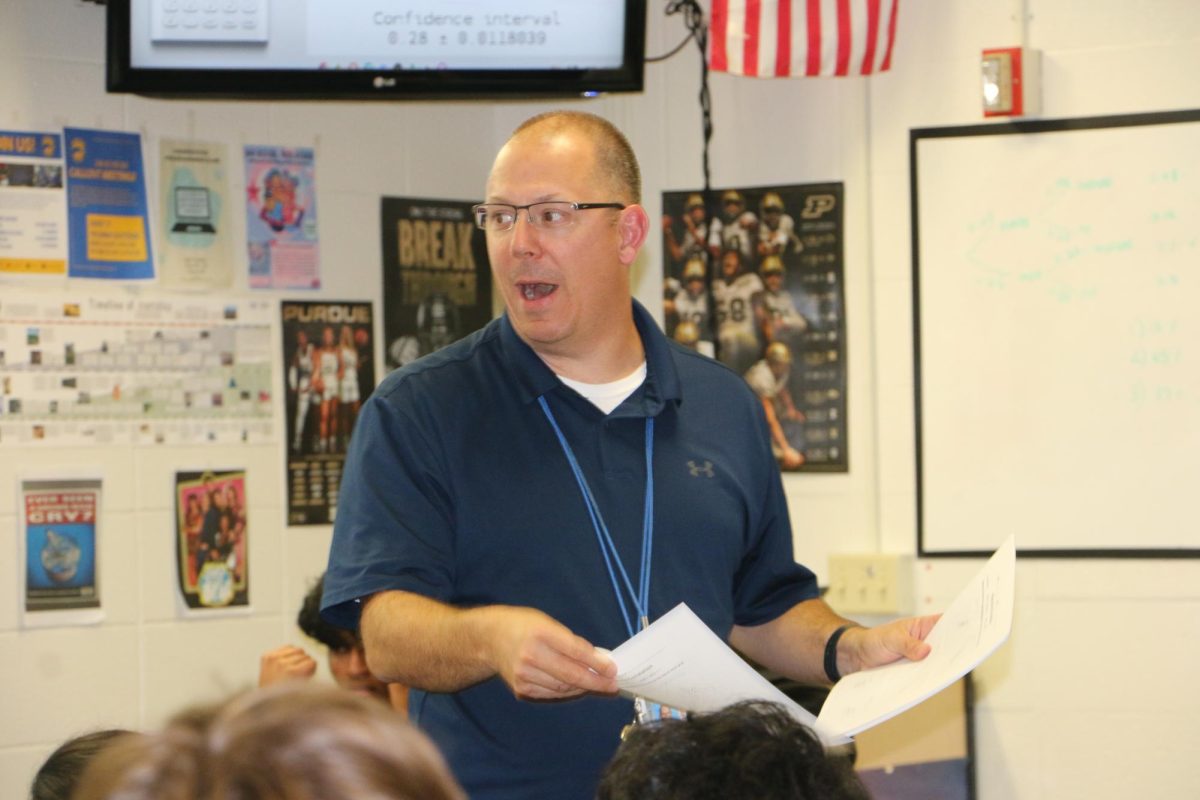



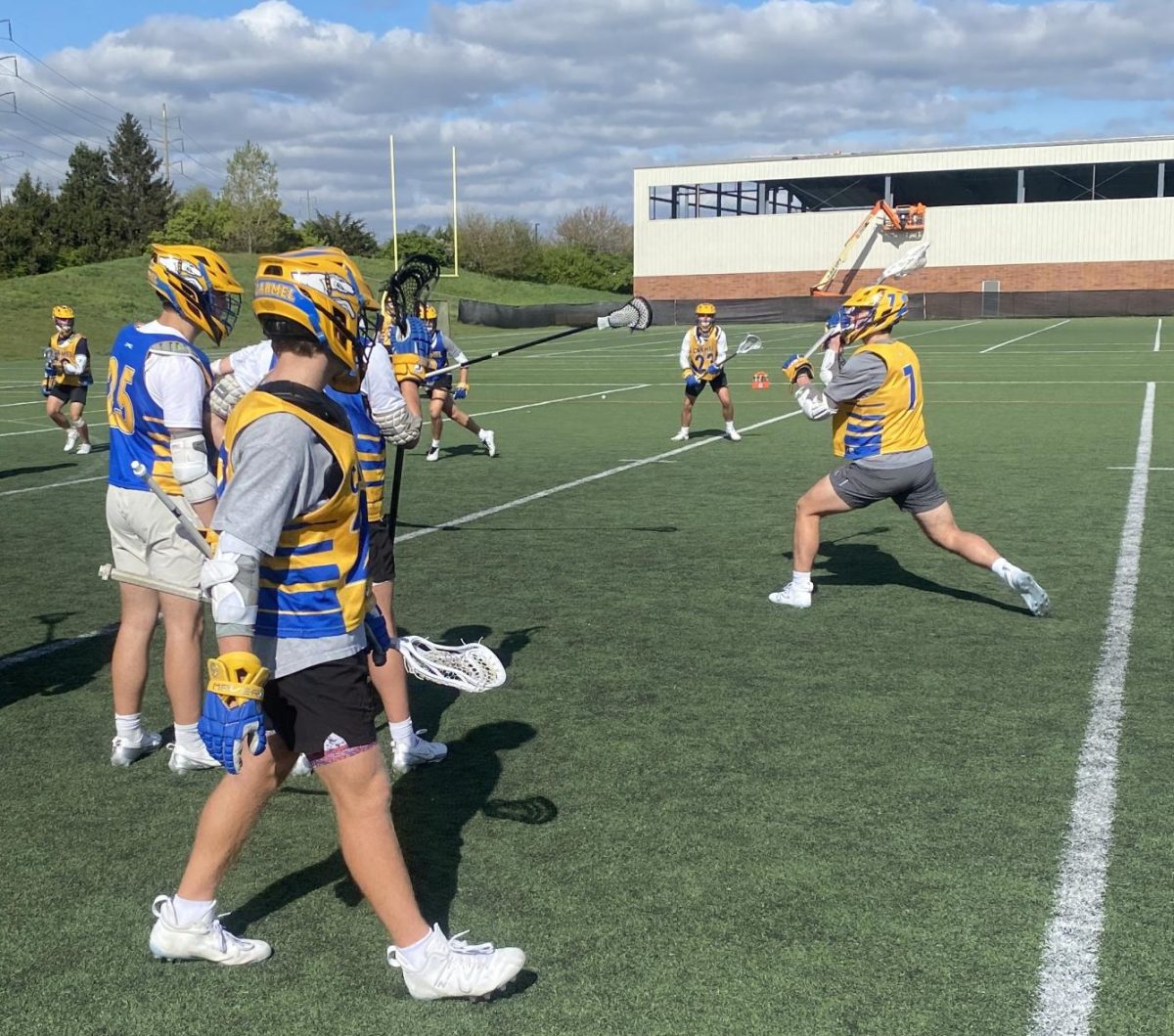




![Family vlogger controversy, need for content reform [opinion]](https://hilite.org/wp-content/uploads/2024/05/Screenshot-2024-05-14-11.33.37-AM-1200x465.png)
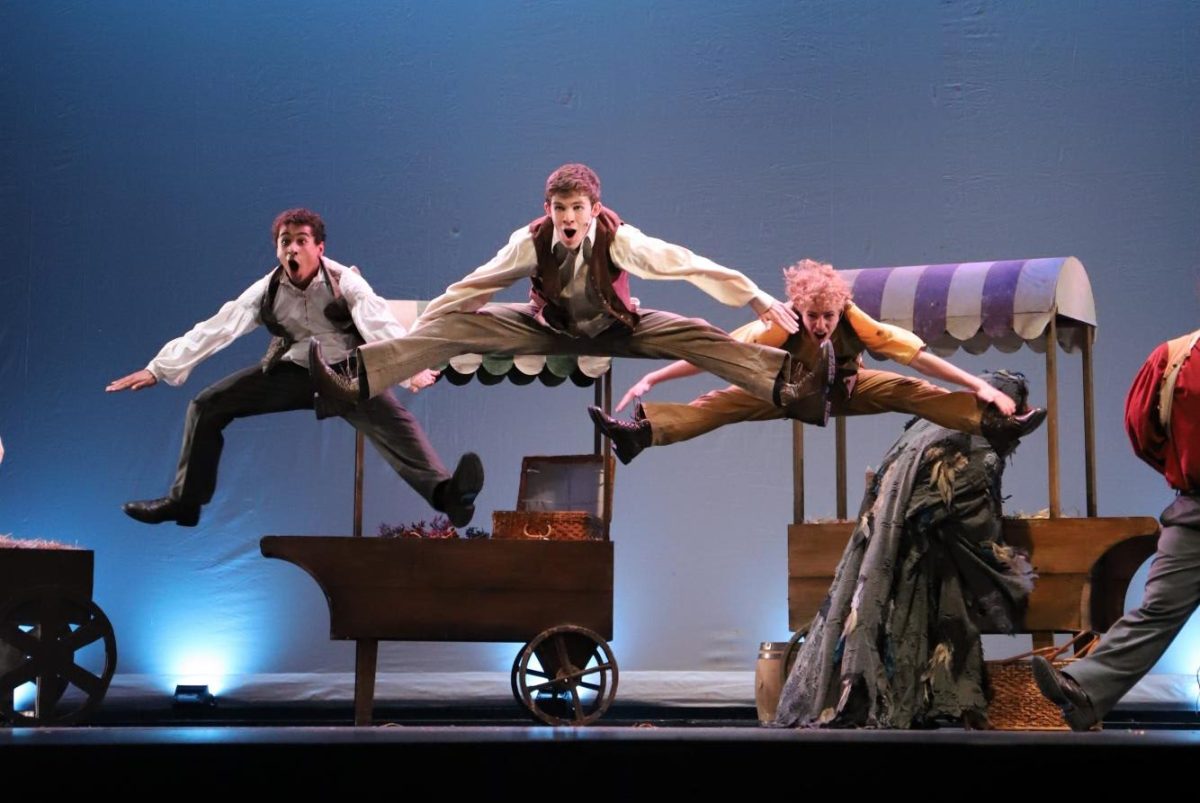

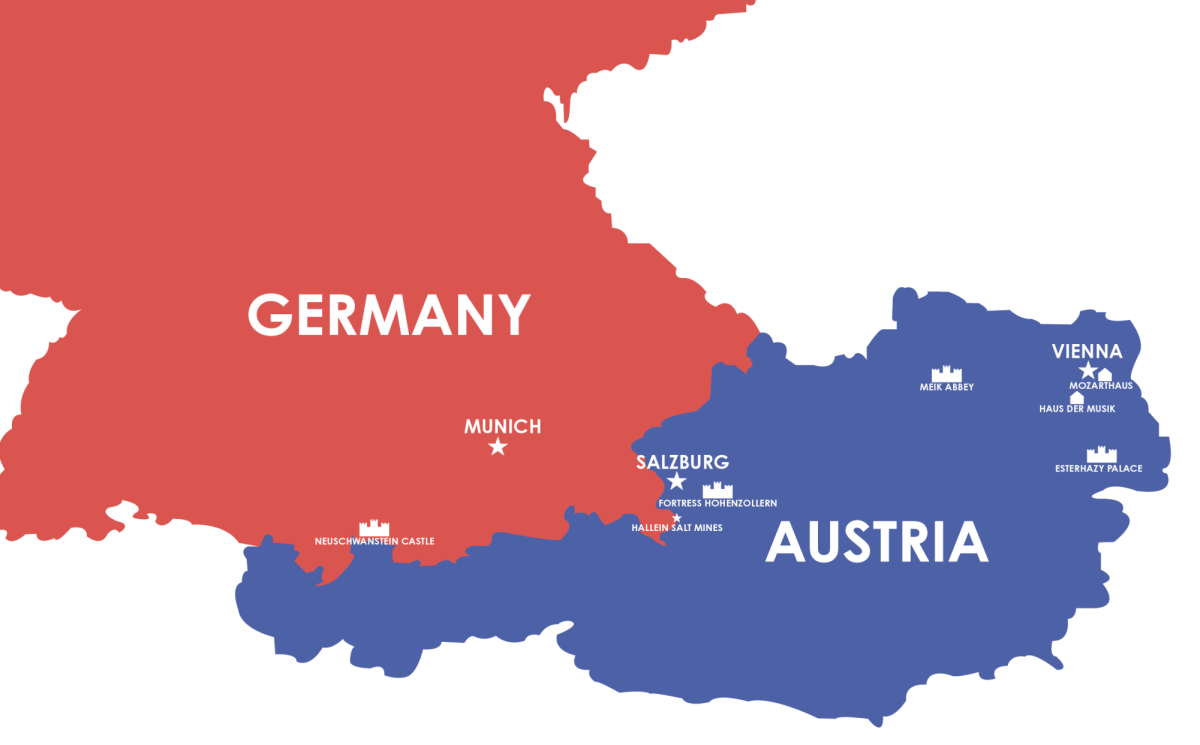


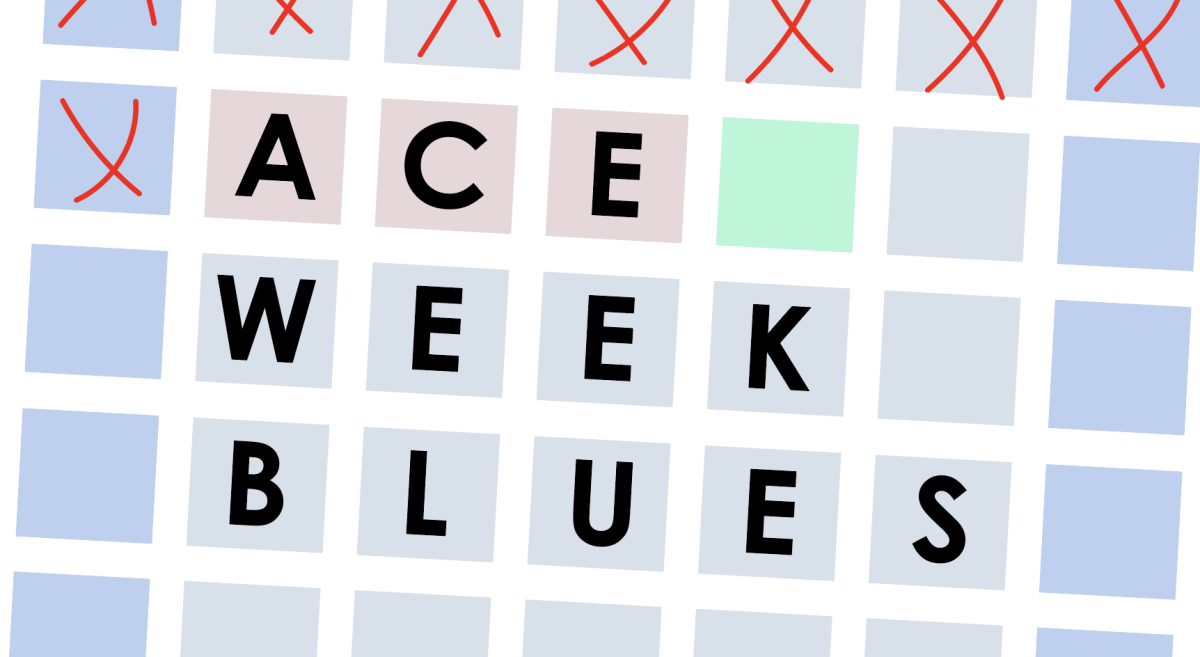
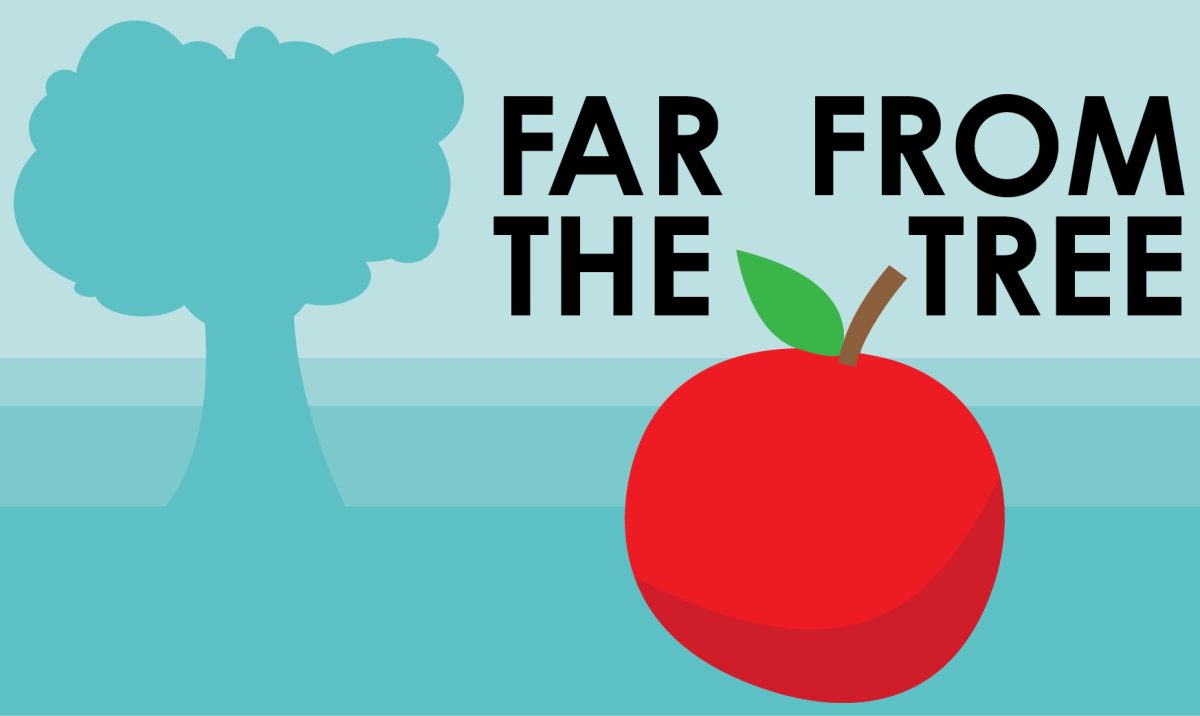


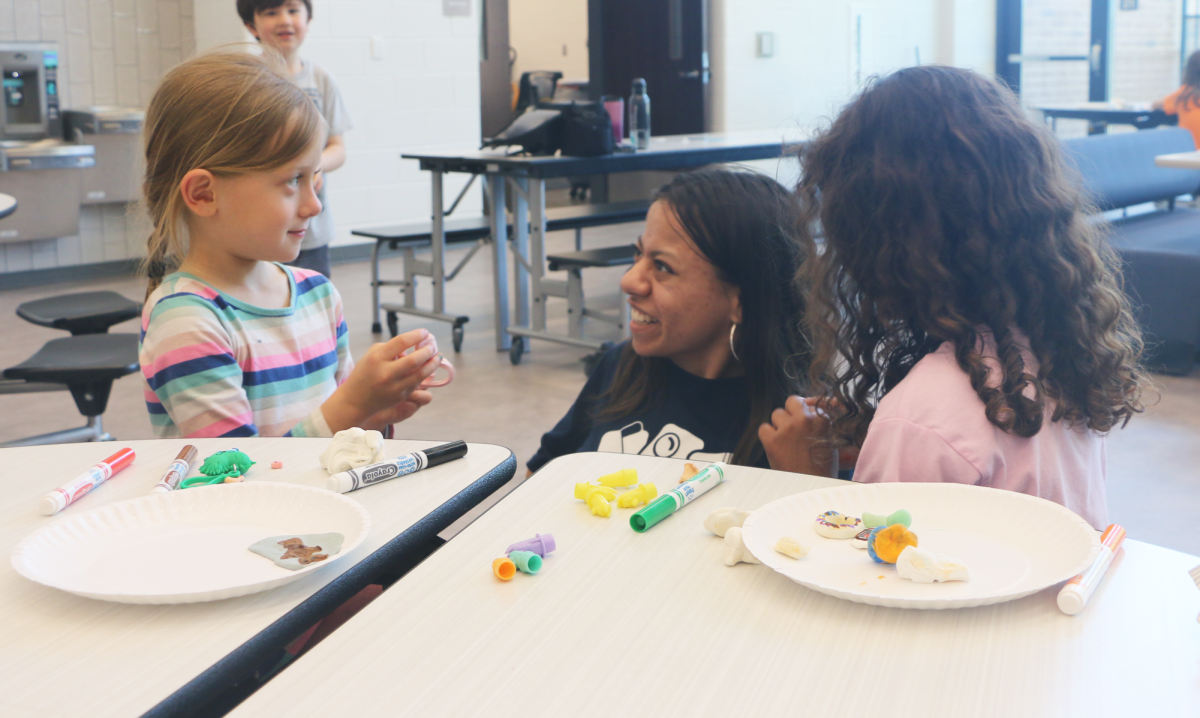













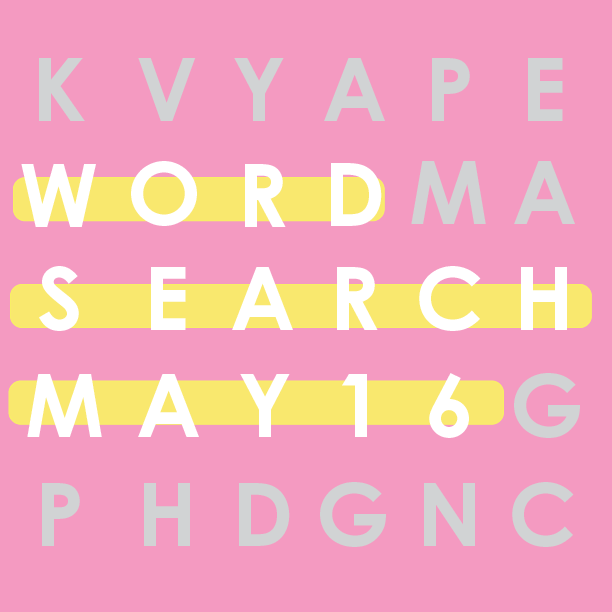
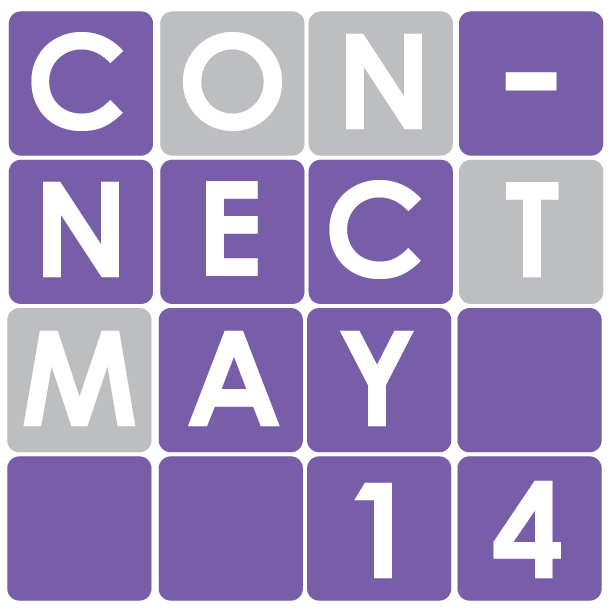
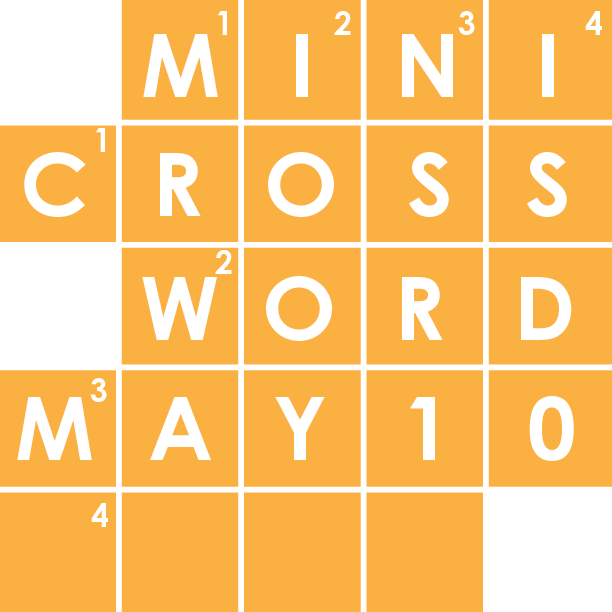

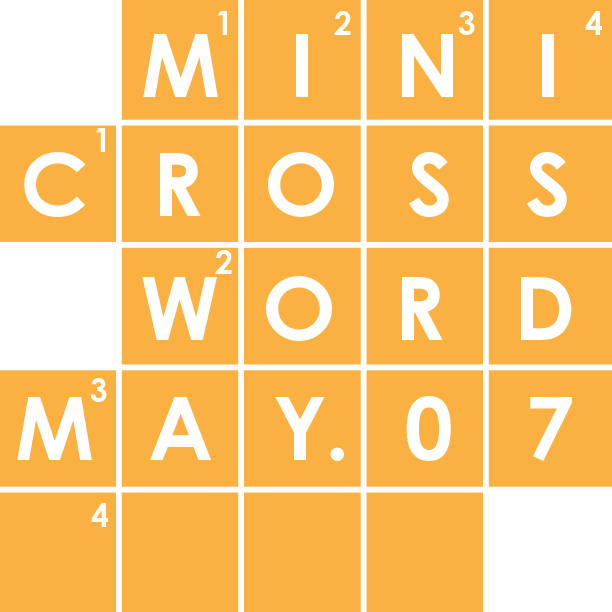
![Review: Taylor Swift’s new album The Tortured Poets Department is not her best work but is still a brilliant album [MUSE]](https://hilite.org/wp-content/uploads/2024/05/The-Anthology_Cover-1200x675.webp)
![Review: Challengers does it all [MUSE]](https://hilite.org/wp-content/uploads/2024/05/challengers-poster-1200x600.png)
![Review: A House of Flame and Shadow by Sarah J. Maas was a disappointing read [MUSE]](https://hilite.org/wp-content/uploads/2024/05/house-of-flame-and-shadow-feature.png)
![Review: Conan Gray’s new album, “Found Heaven”, is a refreshing twist on modern music [MUSE]](https://hilite.org/wp-content/uploads/2024/05/Screenshot-2023-10-31-at-16.01.05.webp)
![Review: “Bodies, Bodies, Bodies” is the quintessential Gen-Z movie [MUSE]](https://hilite.org/wp-content/uploads/2024/05/Screenshot-2024-05-15-140618.png)
![Review in Print: Maripaz Villar brings a delightfully unique style to the world of WEBTOON [MUSE]](https://hilite.org/wp-content/uploads/2023/12/maripazcover-1200x960.jpg)
![Review: “The Sword of Kaigen” is a masterpiece [MUSE]](https://hilite.org/wp-content/uploads/2023/11/Screenshot-2023-11-26-201051.png)
![Review: Gateron Oil Kings, great linear switches, okay price [MUSE]](https://hilite.org/wp-content/uploads/2023/11/Screenshot-2023-11-26-200553.png)
![Review: “A Haunting in Venice” is a significant improvement from other Agatha Christie adaptations [MUSE]](https://hilite.org/wp-content/uploads/2023/11/e7ee2938a6d422669771bce6d8088521.jpg)
![Review: A Thanksgiving story from elementary school, still just as interesting [MUSE]](https://hilite.org/wp-content/uploads/2023/11/Screenshot-2023-11-26-195514-987x1200.png)
![Review: When I Fly Towards You, cute, uplifting youth drama [MUSE]](https://hilite.org/wp-content/uploads/2023/09/When-I-Fly-Towards-You-Chinese-drama.png)
![Postcards from Muse: Hawaii Travel Diary [MUSE]](https://hilite.org/wp-content/uploads/2023/09/My-project-1-1200x1200.jpg)
![Review: Ladybug & Cat Noir: The Movie, departure from original show [MUSE]](https://hilite.org/wp-content/uploads/2023/09/Ladybug__Cat_Noir_-_The_Movie_poster.jpg)
![Review in Print: Hidden Love is the cute, uplifting drama everyone needs [MUSE]](https://hilite.org/wp-content/uploads/2023/09/hiddenlovecover-e1693597208225-1030x1200.png)
![Review in Print: Heartstopper is the heartwarming queer romance we all need [MUSE]](https://hilite.org/wp-content/uploads/2023/08/museheartstoppercover-1200x654.png)











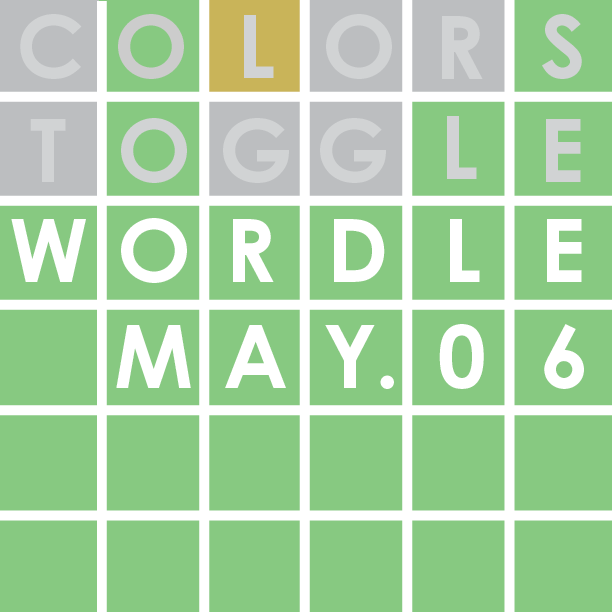

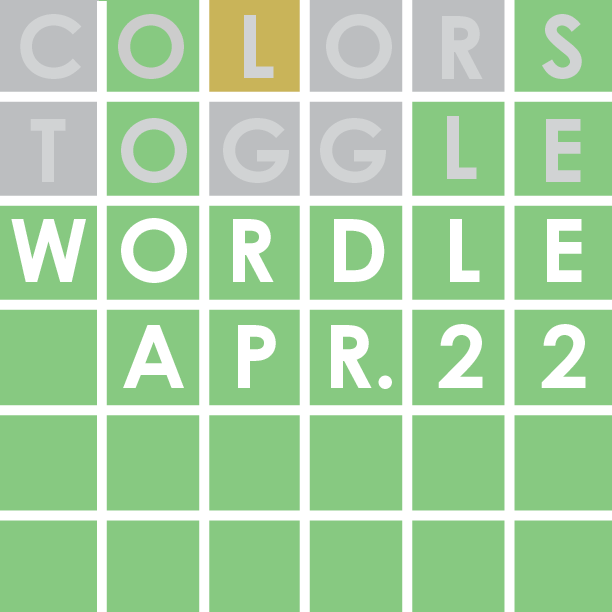

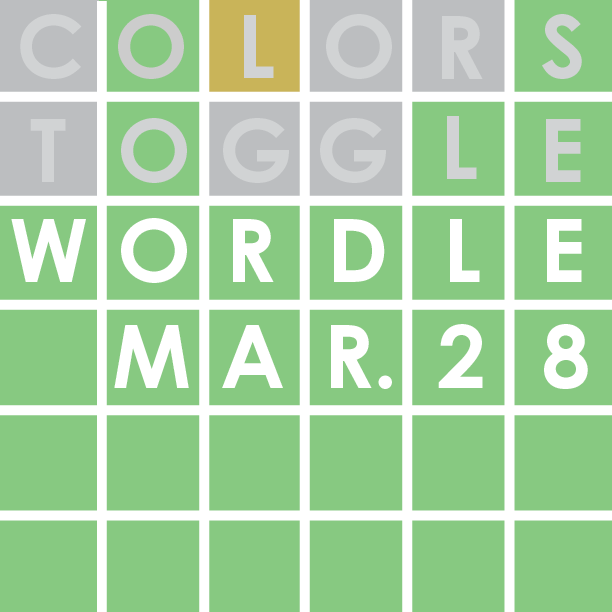






![Review: “Ginny & Georgia” is a dramatic and poorly made emotional rollercoaster–and I loved it anyway [MUSE]](https://hilite.org/wp-content/uploads/2024/03/ginny-and-georgia-season2-main-be37bbb9487a41e88b3f66c3baacd5c3-300x177.jpg)
![Review: Witch Hat Atelier is a masterpiece in art and world-building, but the story has only begun [MUSE]](https://hilite.org/wp-content/uploads/2024/01/unnamed-211x300.png)
![Review: “Mysterious Lotus Casebook” is an amazing historical Chinese drama [MUSE]](https://hilite.org/wp-content/uploads/2024/03/0-300x170.webp)
![Review: “A Little Life” by Hanya Yanagihara is the epitome of a heartwrenching masterpiece [MUSE]](https://hilite.org/wp-content/uploads/2024/01/unnamed-5-300x200.png)


